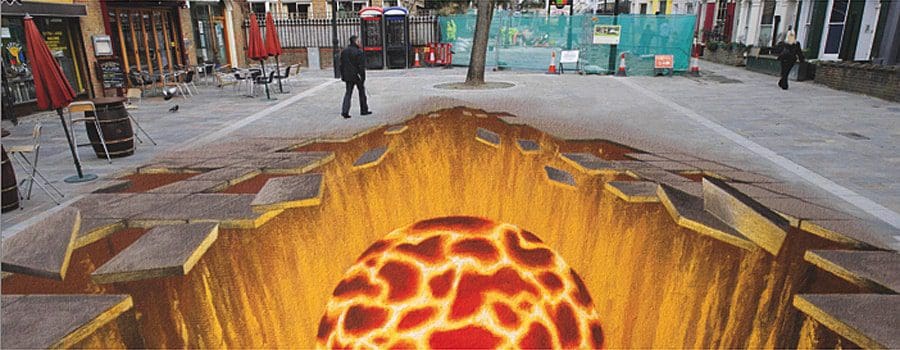words Al Woods

Is your business entity struggling to repay debts to creditors? You can consider bankruptcy if you are trapped in debt since it facilitates the formal shutdown of the business and a trustee handles your loan. Bankruptcy also applies to individuals but filing for personal bankruptcy can be complex and costly at the same time.
For instance, you can lose some assets, it can also be difficult to get a loan in about 10 years without a bankruptcy discharge. If you are lucky to get a loan, the financial institutions will charge exorbitant interest rates. However, you should know that there is life after bankruptcy. As such, read on to learn some tips from this simple guide for surviving bankruptcy and starting over.
Inform Your Creditors
The first step that you should take after filing for bankruptcy is to inform your creditors. You can also liquidate your non-exempt assets so that they can also cover your debts. The main reason for doing so is that this possible solution can give you peace of mind so that your creditors will not always be after you seeking to recover their money. The other thing that can greatly help you to survive bankruptcy is that you can try to negotiate with your creditors if possible so that you can maintain the new payment terms after filing for bankruptcy. This again gives you the flexibility to repay your debts while not under immense pressure. All the same, you should first seek professional advice from a licensed insolvency trustee so that you can map the way forward in repaying your debt.
Rebuild Credit After Bankruptcy
It may take up to 10 years to get a loan for a big-ticket purchase in case of a Chapter 7 bankruptcy and up to seven years for Chapter 13 bankruptcy. When you file for bankruptcy, you have to wait for discharge so that you can start rebuilding your credit. However, this can happen sooner than many people think and you can begin getting loans after your discharge. To rebuild your credit, you need to follow the steps outlined below.
The first step is to get your bankruptcy discharge or certificate of completion. You need to follow the directions by your trustee on how you can gain a certificate of completion. It is impossible to get any form of borrowing without obtaining your Absolute Discharge of Completion. Even with private lenders, it will be a futile exercise to try to get financing before discharge.
The second stage after getting discharged bankruptcy is to clean up your credit report. You can do this by writing to the credit bureau so that they can correct any errors. Multiple errors emanating from your bankruptcy should be cleaned so that you can start a new beginning after bankruptcy. You can contact Equifax or TransUnion to have your credit score cleared of errors. When your credit score is in order, you can start rebuilding it and gain new credit. You can get a mortgage after obtaining a discharged bankruptcy and this is usually the most difficult credit to secure.
Maintain Your Job
The other step that you can take to survive bankruptcy is to maintain your job. This will help you to continue receiving your salary so that your life will not worsen after filing for bankruptcy. You can also use part of the salary to offset the credit while at the same time meeting the basic needs of the family.
Pay Your Bills On Time
Filing for bankruptcy does not spell the end of life since you can start over once it is over. It is essential to show that you are committed to lead a new life by clearing all your bills so that you can maintain a clean post-bankruptcy credit record. This can be possible if you pay your bills on time.

Keep a Positive Balance
Additionally, you can also keep a positive balance since this helps you to gain a positive credit rating. You need to ensure that your savings account has a positive balance which helps to build your creditworthiness. Lenders will check your financial statements before approving your loan.
While bankruptcy is complicated and should come as a last resort, the good news is that there is always life, a positive one for that matter after obtaining a bankruptcy discharge. It is possible to get in less than 9 months, not the widely believed 7 to 10 years. The bottom line is that to survive bankruptcy and be able to start over, you must first obtain an Absolute Discharge of completion. There is no other way you can get new financing without a certificate of completion. All the same, you can also try to adjust so that you can survive life during and after bankruptcy.









